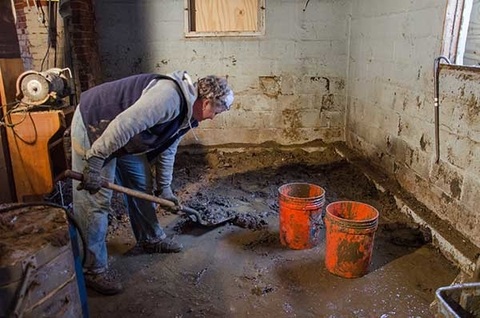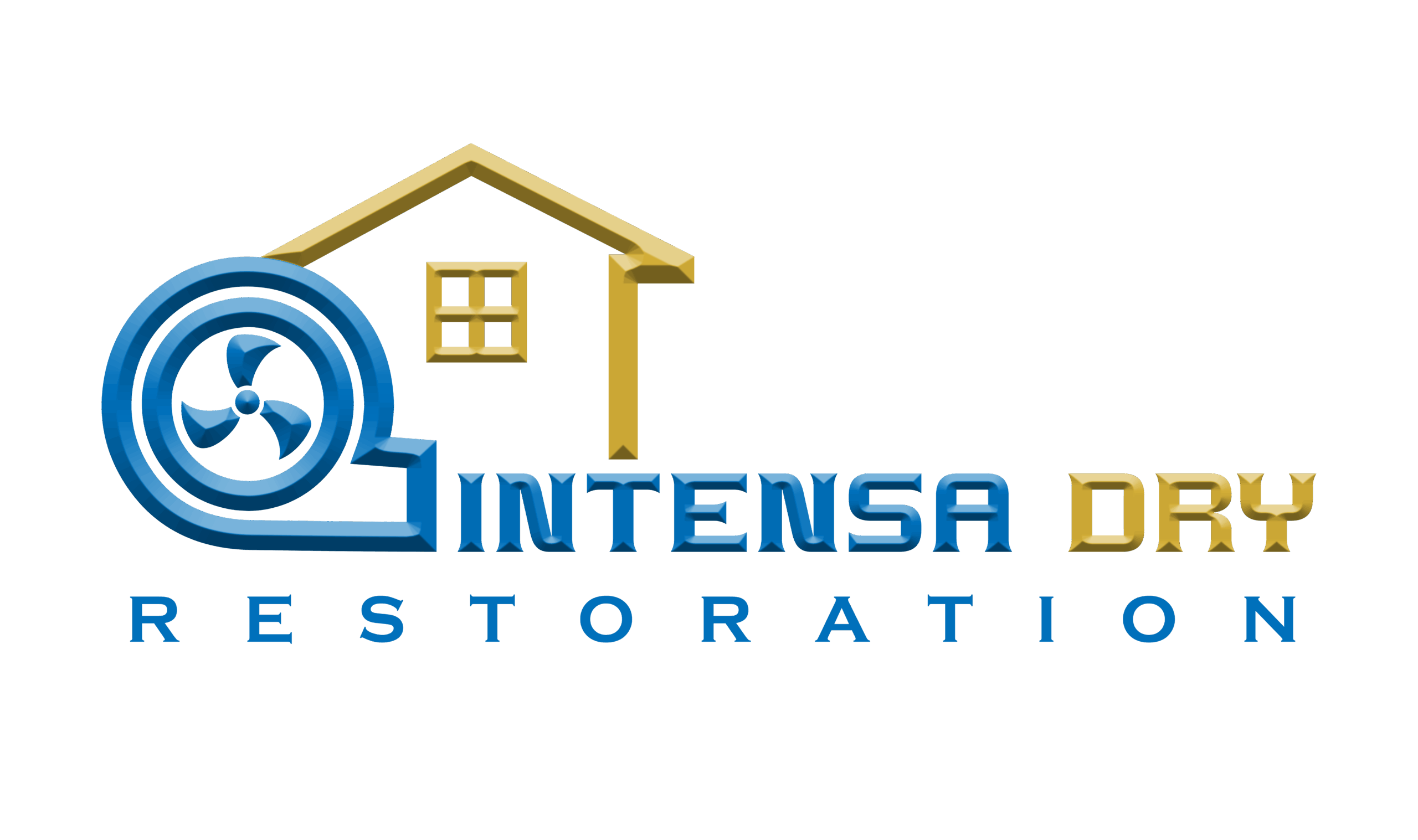Dealing with a flood can be overwhelming, but knowing what to do next makes a big difference. First things first: ensure everyone is safe and avoid entering areas with electrical hazards. Once it’s safe, start by removing standing water and drying out affected areas to prevent mold growth. If you’re feeling unsure or need expert help, Intensa Dry is here for you. Their team specializes in quick, efficient water damage cleanup and restoration, so you can get back to normal life without the stress. Let’s tackle this together and get your home back in shape!
Experiencing a flood in your home can be a stressful and chaotic event. Whether it’s caused by heavy rainfall, burst pipes, or an unexpected leak, the aftermath can leave you feeling overwhelmed. However, knowing the right steps to take can help you manage the situation more effectively and ensure your home is restored to its pre-flood condition. Let’s walk through a comprehensive guide on what to do after a flood, including some expert tips and the role of professionals like Intensa Dry.
1. Ensure Safety First
Ensuring safety first is crucial after a flood. Before waiting for the restoration team, make sure to turn off utilities to prevent electrical hazards and avoid contact with contaminated water. What should I do while waiting for the restoration team to arrive? While you wait, document the damage for insurance purposes and begin removing standing water if it’s safe to do so. Avoid entering damaged areas if structural integrity is compromised, and stay informed about the restoration team’s arrival and their safety recommendations.
Before diving into cleanup, safety should be your top priority. Floodwaters can bring a host of hazards, so here’s what you need to consider:
Check for Structural Damage:
Look for any visible signs of damage to your home’s structure. If you see cracks in the walls, ceilings, or floors, or if you suspect the integrity of the building is compromised, it’s best to stay out and call a professional to assess the situation.
Turn Off Utilities:
If it’s safe to do so, turn off electricity, gas, and water supplies to prevent further hazards. Standing water and electricity are a dangerous mix, so make sure all power sources are shut off before you start moving around.
Avoid Contaminated Water:
Floodwaters can be contaminated with sewage, chemicals, and other harmful substances. Avoid contact with this water, and wear protective clothing such as gloves and boots if you need to wade through it.
2. Document the Damage
Once you’re sure it’s safe, it’s important to document the extent of the damage for insurance purposes. This will help you with the claims process and ensure you get the compensation you’re entitled to:
Take Photos and Videos:
Capture detailed images of all affected areas, including walls, floors, furniture, and personal belongings. Be sure to document the water levels and any visible damage to your home’s structure.
Make a List:
Create a comprehensive list of damaged items and materials. This will help your insurance adjuster understand the scope of the damage and expedite the claims process.
3. Begin the Cleanup Process

Cleaning up after a flood is crucial to prevent further damage and mold growth. Here’s a step-by-step approach to get your home back in shape:
Remove Standing Water:
Start by removing any standing water from your home. You can use a wet/dry vacuum, mop, or even hire a professional water removal service. If you have a large amount of water, you might need to bring in a pump.
Dry Out the Area:
Once the water is removed, it’s essential to dry out your home as quickly as possible to prevent mold growth. Open windows and doors to improve ventilation, and use dehumidifiers and fans to help with the drying process.
Discard Damaged Items:
Items that have been contaminated by floodwaters, such as carpets, upholstery, and drywall, may need to be discarded. Mold and bacteria can thrive on these materials, so it’s better to err on the side of caution.
4. Inspect and Repair
Inspecting and repairing your home after a flood is vital for restoring safety and functionality. Start by checking for structural damage and ensuring electrical systems are safe. For comprehensive repairs, including replacing damaged drywall, flooring, and insulation, consider professional reconstruction services. Companies like Intensa Dry can assist with both repairs and reconstruction, providing expertise to ensure your home is properly restored and resilient against future issues. Their services help streamline the repair process and bring your home back to its pre-flood condition.
With the major cleanup tasks underway, it’s time to start inspecting and repairing your home:
Check for Mold:
Mold can start growing within 24-48 hours of a flood. Look for signs of mold growth on walls, ceilings, and floors. If you spot mold, it’s important to address it promptly to prevent health issues.
Inspect Electrical Systems:
Flooding can damage electrical systems and appliances. Have a licensed electrician inspect your wiring, outlets, and circuit breakers before turning the power back on.
Repair and Restore:
Begin making necessary repairs to your home’s structure, including replacing damaged drywall, insulation, and flooring. If you’re unsure about the extent of the damage or how to proceed, consider consulting a professional contractor.
5. Seek Professional Help
After a flood, seeking professional help is crucial for effective recovery. Water damage mitigation services, such as those provided by Intensa Dry, can ensure thorough water removal and drying to prevent mold growth and structural issues. Their expertise includes assessing damage, handling mold remediation, and coordinating with your insurance for claims. Professional help not only speeds up the recovery process but also ensures your home is safely restored and protected from further damage.
While you can handle some aspects of the cleanup on your own, there are times when professional help is essential. This is where companies like Intensa Dry come into play:
Water Damage Restoration:
Intensa Dry specializes in comprehensive water damage cleanup and restoration. Their team uses advanced equipment and techniques to remove water, dry out affected areas, and ensure that your home is safe and habitable.
Mold Remediation:
If you discover mold or suspect its presence, Intensa Dry can provide expert mold remediation services. They’ll assess the extent of the mold problem, safely remove it, and help prevent future growth.
Insurance Assistance:
Professionals like Intensa Dry can also assist with the insurance claims process. They can provide detailed documentation of the damage and work with your insurance company to ensure you get the coverage you need.
6. Prevent Future Flooding

Once your home is restored, it’s important to take steps to prevent future flooding:
Improve Drainage:
Ensure that your property has proper drainage to redirect water away from your home. Consider installing gutters, downspouts, and drainage systems to manage water flow.
Seal Vulnerable Areas:
Check for and seal any gaps or cracks in your home’s foundation, walls, and windows that could allow water to enter.
Maintain Plumbing Systems:
Regularly inspect and maintain your plumbing systems to prevent leaks and burst pipes. Consider installing sump pumps in areas prone to flooding.
Create an Emergency Plan:
Develop a flood emergency plan for your family. This should include evacuation routes, emergency contact information, and a plan for protecting valuable belongings.
7. Recover Emotionally
Dealing with a flood can be emotionally draining. It’s important to acknowledge and address any stress or anxiety you might be experiencing:
Seek Support:
Reach out to friends, family, or support groups to share your experiences and get emotional support.
Take Care of Yourself:
Make sure you’re taking care of your physical and mental health. Practice self-care, and don’t hesitate to seek professional counseling if needed.
Celebrate Progress:
As you make progress in restoring your home and returning to normalcy, take time to celebrate the small victories and milestones.
FAQs
What should you do immediately after a flood?
Immediately after a flood, prioritize safety by ensuring everyone is out of harm’s way and avoiding contact with contaminated water. Turn off utilities to prevent electrical hazards, and start documenting the damage for insurance purposes. Begin the cleanup process by removing standing water and drying out affected areas to prevent mold growth.
What do we have to do after the flood?
After a flood, ensure everyone’s safety and turn off utilities to avoid hazards. Document the damage thoroughly for insurance claims, then start cleaning up by removing water and drying out the affected areas. Address potential mold issues and make necessary repairs to restore your home.
How do you clean up a house after a flood?
To clean up a house after a flood, first remove all standing water using a pump or wet/dry vacuum. Next, thoroughly dry out the affected areas with fans and dehumidifiers to prevent mold growth. Finally, discard any damaged materials, clean and disinfect surfaces, and repair any structural damage as needed.
Is it safe to shower after a flood?
It’s generally not safe to shower after a flood until you’re certain the water supply is clean and free from contamination. Floodwaters can carry harmful bacteria and chemicals that might affect your health. Ensure that your plumbing and water systems are inspected and cleared by professionals before using them.
What are three precautions to take after a flood?
After a flood, ensure you avoid contact with contaminated water to prevent health risks. Turn off electrical systems and check for structural damage before re-entering the home to avoid accidents. Lastly, begin drying out the affected areas and removing damaged materials promptly to prevent mold growth and further damage.
Conclusion
Facing a flood in your home is undoubtedly challenging, but with a clear plan and the right support, you can navigate the aftermath more effectively. Start with safety, document the damage, and tackle the cleanup process step-by-step. Don’t hesitate to seek professional help from experts like Intensa Dry, who can provide valuable assistance with water damage restoration and mold remediation. By taking these steps, you’ll not only restore your home but also take proactive measures to protect it from future flooding.


